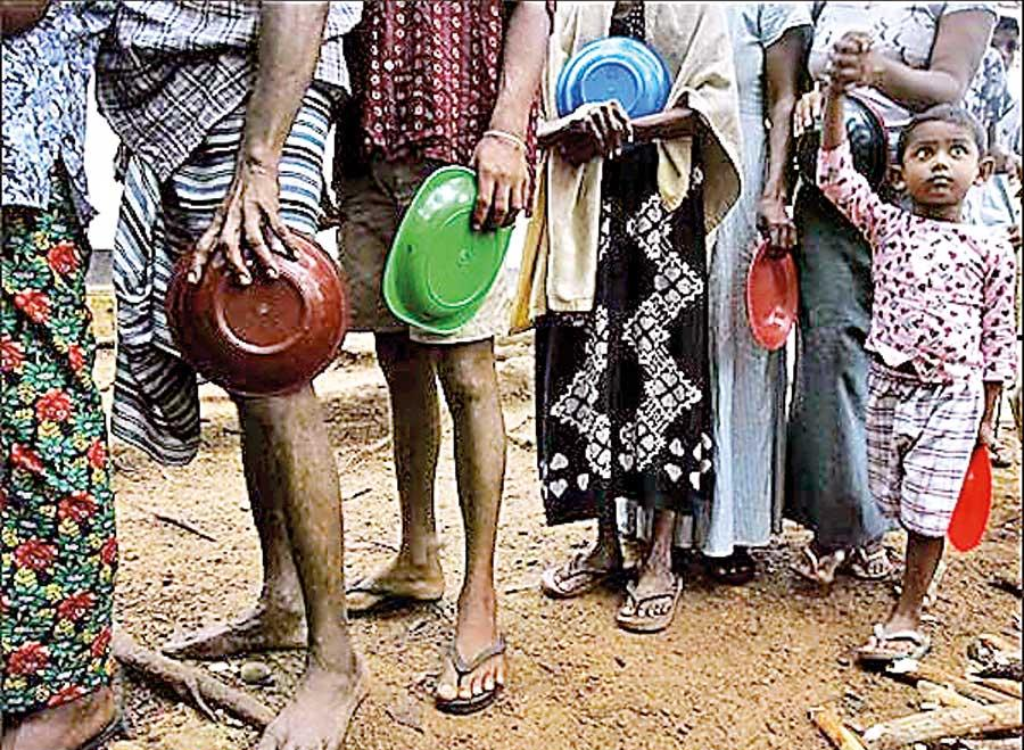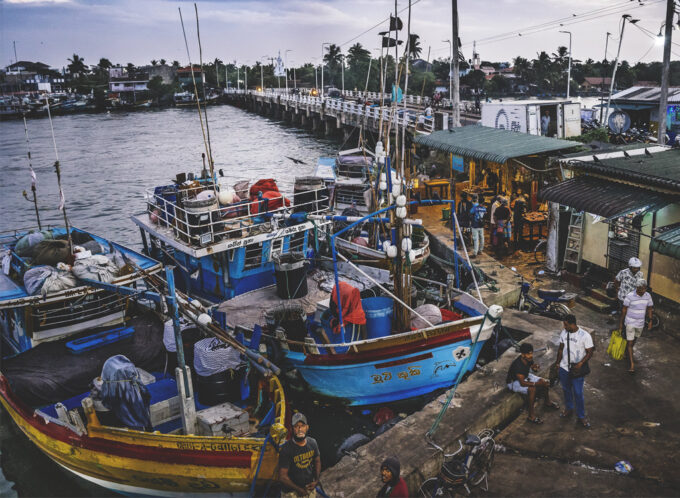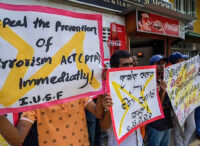The World Bank’s bi-annual Sri Lanka Development Update, titled Staying on Track, highlights that despite the positive growth and fiscal performance, significant challenges remain.
While the economy is recovering, many Sri Lankans are still struggling. Household incomes, employment, and overall welfare are still well below pre-crisis levels, and the poverty rate remained alarmingly high at 24.5 percent in 2024. The labour market continues to struggle, leading to increased emigration as people look for opportunities abroad.
“While Sri Lanka’s economy is bouncing back stronger than expected, a significant portion of the population—about a third—remains in poverty or is at risk of falling back into poverty,” said David Sislen, World Bank Division Director for Maldives, Nepal, and Sri Lanka. “To ensure this recovery works for everyone, especially those who have been hit hardest, Sri Lanka can focus on policies that create jobs and support the poor.”
The report underscores that medium-term growth and poverty reduction depend on maintaining macroeconomic stability and implementing key structural reforms amid an increasingly uncertain global environment.
The World Bank forecasts moderate growth of around 3.1 percent for Sri Lanka in 2026. Shifting to a higher growth trajectory through the successful implementation of reforms that enhance trade, investment, competition and female labor force participation, among others, is essential to ensure that all Sri Lankans benefit from the recovery.
Looking ahead, the World Bank emphasizes the continued need for policy reforms to maintain macro-fiscal and financial stability, boost competitiveness, increase productivity, and expand job opportunities.











Leave a comment